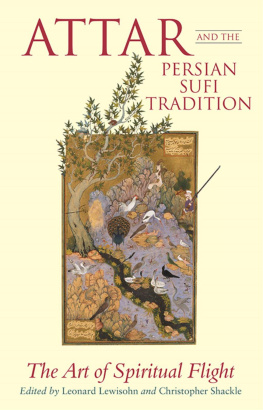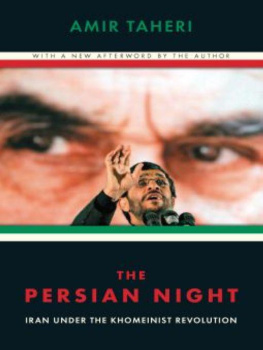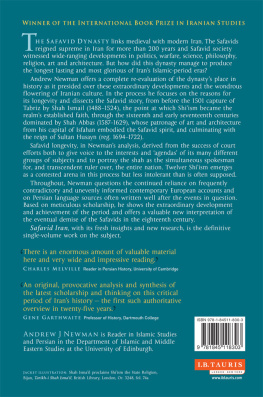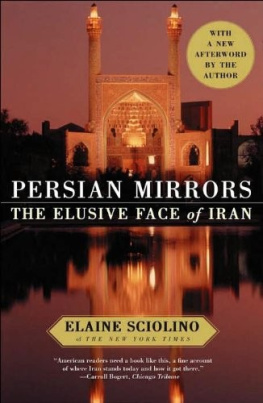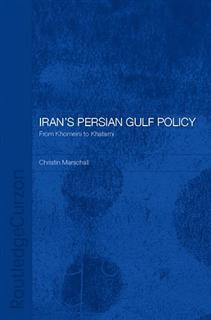First published in 1964
This edition first published in 2011
by Routledge
2 Park Square, Milton Park, Abingdon, Oxon, OX14 4RN
Simultaneously published in the USA and Canada
by Routledge
270 Madison Avenue, New York, NY 10016
Routledge is an imprint of the Taylor & Francis Group, an informa business
1964 George Allen & Unwin Ltd
Printed and bound in Great Britain
All rights reserved. No part of this book may be reprinted or reproduced or
utilised in any form or by any electronic, mechanical, or other means, now
known or hereafter invented, including photocopying and recording, or in any
information storage or retrieval system, without permission in writing from the
publishers.
British Library Cataloguing in Publication Data
A catalogue record for this book is available from the British Library
ISBN 13: 978-0-415-57033-6 (Set)
eISBN 13: 978-0-203-83010-9 (Set)
ISBN 13: 978-0-415-61026-1 (Volume 22)
eISBN 13: 978-0-203-83227-1 (Volume 22)
Publishers Note
The publisher has gone to great lengths to ensure the quality of this reprint but
points out that some imperfections in the original copies may be apparent.
Disclaimer
The publisher has made every effort to trace copyright holders and would
welcome correspondence from those they have been unable to trace.
THE PERSIAN FIS
CYPRIAN RICE, O.P.
London
GEORGE ALLEN & UNWIN LTD
RUSKINHOUSEMUSEUMSTREET
First published in 1964
Second Impression 1969
This book is copyright under the Bevne Convention. All rights reserved. Apart from any fair dealing for the purpose of private study, research, criticism m review, as permited under the Copyright Act, 1956, no part of this publication may be reproduced, stored in a retrieval system, or transmitted, in any form or by any means, electronic, electrical, chemical, mechanical, optical, photocopying, recording or otherwise, without the prior permission of the copyright owner. Enquires should be addressed to the Publishers.
@ George Allen & Unwin Ltd., 1964
SBN 04 297016 4
PRINTED IN GREAT BRITAIN
by photolithography
JOHN DICKENS AND CO LTD
NORTHAMPTON
INTRODUCTORY
T HE fi phenomenon is not easy to sum up or define. The fis never set out to found a new religion, a mazhab or denomination. They were content to live and work within the framework of the Moslem religion, using texts from the Qorn much as Christian mystics have used the Bible to illustrate their tenets. Their aim was to purify and spiritualize Islm from within, to give it a deeper, mystical interpretation, and infuse into it a spirit of love and liberty. In the broader sense, therefore, in which the word religion is used in our time, their movement could well be called a religious one, one which did not aim at tying men down with a new set of rules but rather at setting them free from external rules and open to the movement of the spirit.
This religion was disseminated mainly by poetry, it breathed in an atmosphere of poetry and song. In it the place of great dogmatic treatises is taken by mystical romances, such as Yusuf and Zuleikha or Leila and Majnn. Its one dogma, an interpretation of the Moslem witness: There is no god but God, is that the human heart must turn always, unreservedly, to the one, divine Beloved.
Who was the first fi? Who started this astonishing flowering of spiritual love in lyrical poetry and dedicated lives? No one knows.
Early in the history of Islm, Moslem ascetics appeared who, from their habit of wearing coarse garments of wool ( f ), became known as fis. But what we now know as fism dawned unheralded, mysteriously, in the ninth century of our era and already in the tenth and eleventh had reached maturity. Among all its exponents there is no single one who could be claimed as the initiator or founder.
fism is like that great oak-tree, standing in the middle of the meadow: no one witnessed its planting, no one beheld its beginning, but now the flourishing tree speaks for itself, is true to origins which it has forgotten, has taken for granted.
There is a fi way, a fi doctrine, a form of spiritual knowledge known as irfn or ma riat , Arabic words which correspond to the Greek gnosis.
fism has its great names, its poet-preachers, its saints, in the broad, irenical sense in which the word can be used. Names like Mauln Rumi, Ibn al Arabi, Jmi, Mansr al Hallj are household words in the whole Islamic world and even beyond it.
Has it a future? Perhaps we may say that if, in the past, its function was to spiritualize Islm, its purpose in the future will be rather to make possible a welding of religious thought between East and West, a vital, oecumenical commingling and understanding, which will prove ultimately to be, in the truest sense, on both sides, a return to origins, to the original unity.
When one speaks of the fis as mystics, one does not necessarily mean to approve all their teaching or all their methods, nor, indeed, admit the genuineness of the mystical experiences of this or that individual. But whatever ones preconceptions or reservations, it is difficult, after a careful study of their lives and writings, not to recognize a kinship between the fi spirit and vocabulary and those of the Christian saints and mystics.
This book is concerned mainly with the Persian mystics. Taken all in all, what goes by the name of Islmic mysticism is a Persian product. The mystical fire, as it spread rapidly over the broad world of Islm, found tinder in the hearts of many who were not Persians: Egyptians like Dhul Nun, Andalucians like Ibnul Arabi, Arabs like Rabia al Adawiyya. But Persia itself is the homeland of mysticism in Islm. It is true that many Islamic mystical writers, whether Persian or not, wrote in Arabic, but this was because that language was in common use throughout the Moslem world for the exposition of religious and philosophical teaching. It could, indeed, be said that the Persians themselves took up the Arabic language and forged from it the magnificent instrument of precise philosophical and scientific expression which it became, after having been used by the Arabs themselves almost exclusively for poetry. This was Persias revenge for the humiliating defeat she suffered at the hands of the Arabs and the consequent imposition of the Arabic language for all religious and juridical purposes. We might go on to say that Persias revenge for the imposition of Islm and of the Arabic Qorn was her bid for the utter transformation of the religious outlook of all the Islamic peoples by the dissemination of the fi creed and the creation of a body of mystical poetry which is almost as widely known as the Qorn itself. The combination in fism of mystical love and passion with a daring challenge to all forms of rigid and hypocritical formalism has had a bewitching and breath-taking effect on successive Moslem generations in all countries, an effect repeated in all those non-Moslem milieux, European or Asiatic, where these doctrines, often interpreted by the most ravishingly beautiful poetry, have been discovered. In this way Persia has conquered a spiritual domain far more extensive than any won by the arms of Cyrus and Darius, and one which is still far from being a thing of the past. Indeed, one might say that through this mystical lore, expressed in an incomparable poetical medium, Persia found herself, discovered something like her true spiritual vocation among the peoples of the world, and that her voice has now only to make itself heard to win the delighted approval of all those seekers and connoisseurs whose souls are attuned to perceive the message of the ustd i azl (the eternal master), to use Khoj fis phrase.


